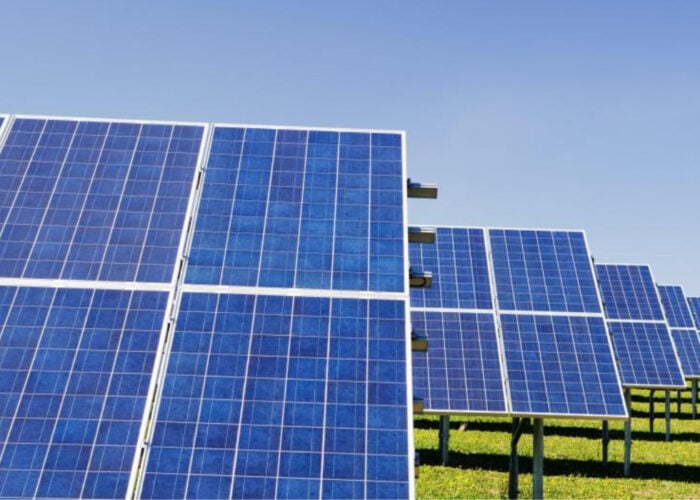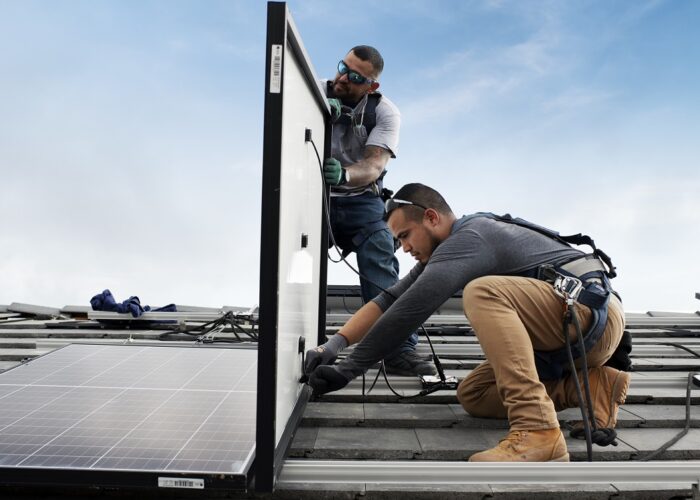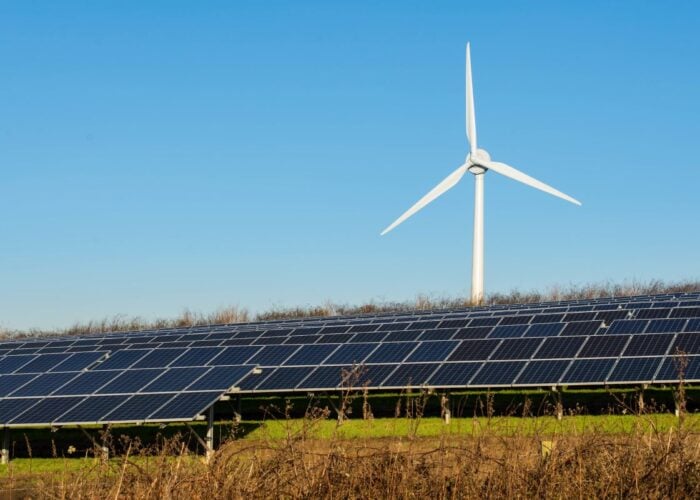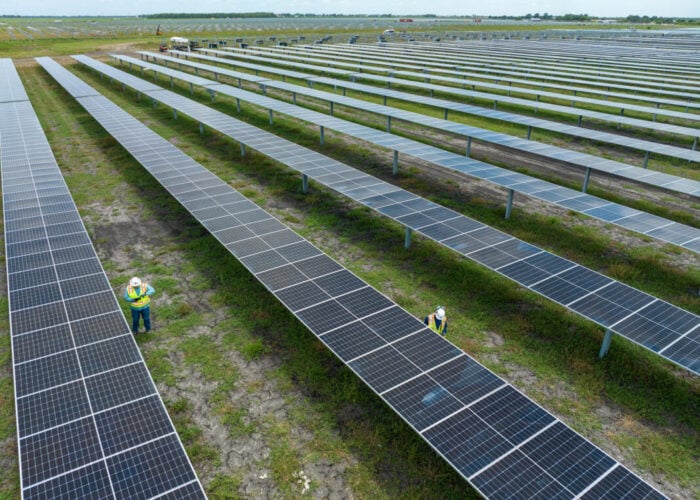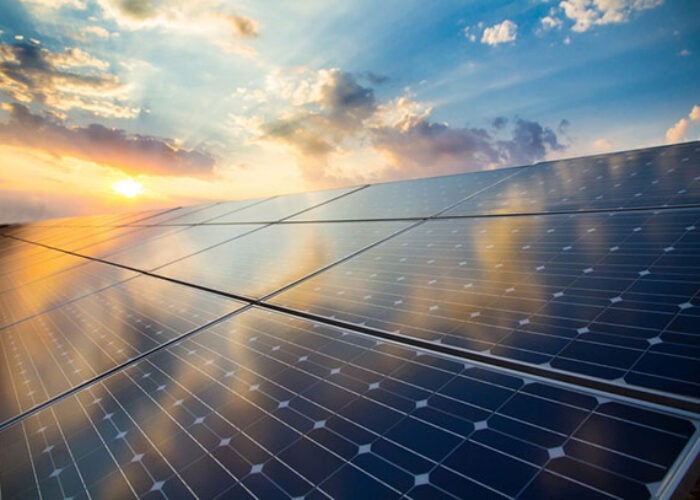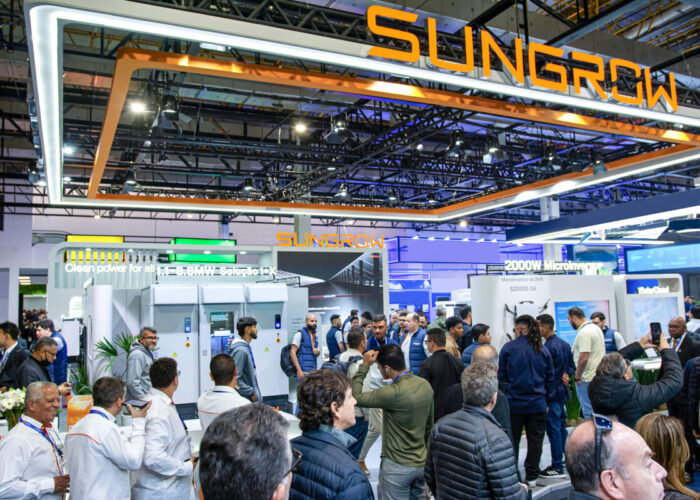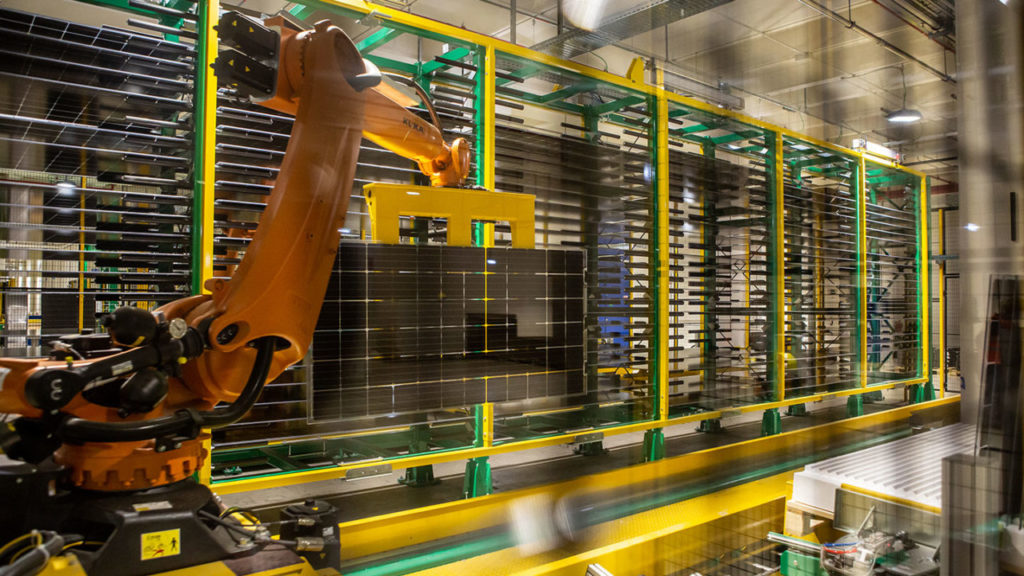
Since the Inflation Reduction Act (IRA) was passed into law in August 2022, the bill has received praise from all across the industry and is even used as an example for other countries or regions – for instance Canada and Australia – to pass similar legislation.
In the first four months of the IRA being signed into law, solar PV manufacturers announced 22GW of new solar cells and module capacity, and nearly a year after it, US$271 billion in private investment in domestic clean energy was announced. That number exceeded the combined energy investments made over the previous eight years.
Unlock unlimited access for 12 whole months of distinctive global analysis
Photovoltaics International is now included.
- Regular insight and analysis of the industry’s biggest developments
- In-depth interviews with the industry’s leading figures
- Unlimited digital access to the PV Tech Power journal catalogue
- Unlimited digital access to the Photovoltaics International journal catalogue
- Access to more than 1,000 technical papers
- Discounts on Solar Media’s portfolio of events, in-person and virtual
However, the problem is that the majority of domestic manufacturing capacity that is expected to be added in the coming years will be for modules, which will create an imbalance compared to the rest of the supply chain for PV manufacturing, as explained by the Clean Energy Associates on a recent guest blog on PV Tech.
“If I look at what is happening in the market, and on how manufacturers are moving, what has been happening is that very few are planning to make cells. Which is a failure of the policy,” says Giovanni Bertolino, head of 3Sun USA, Enel North America’s affiliate.
Incentives are being directed much more towards modules in comparison with cells, despite the former being the easiest part of the supply chain to make and mobilise, adds Bertolino.
“Most importantly it doesn’t help you regain that technological disadvantage that we have both in Europe and the US. It’s actually making cells and wafers. That is where China has been so good at over the last 10 years. And I think that’s where we really need to push our efforts if we want to have a sustainable supply chain for the future.”
There have been very few announcements of companies that are going to make modules and cells, or even ingots/wafers in the US, among them are 3Sun, Hanwha Qcells, Maxeon and Meyer Burger.
The Swiss-headquartered manufacturer Meyer Burger even prioritised the construction of a 2GW solar cell plant in Colorado, over the expansion of its German counterpart. “The incentive in place for reshoring cells is not that attractive, because otherwise we’ll see more projects there,” says Bertolino.
Despite that lack of incentive for reshoring solar cells in the US, and due to the company’s know-how with a solar cell and module assembly plant in Italy, 3Sun is building a 3GW heterojunction solar cell and module assembly plant in Oklahoma, and would have also looked into adding wafers to its supply chain if it were proficient in it, explains Bertolino. However, the company is already looking for local partners to provide its facility with US-made ingots and wafers.
The issue is not only in the lack of domestic ingot, wafer or polysilicon capacity to match the announced module capacity, it is also the lack of high-quality glass, in particular pattern glass, which is the one 3Sun uses for its modules, explains Bertolino.
“This is an area where policymakers should look at; how to make sure that everything lines up and can be financed. Because otherwise, we will continue importing components, and we’re just reshoring the final piece of the module assembly, which I don’t think gives the full benefit that we were pursuing.”
Higher interest rates
Unfortunately, this is not the only challenge the solar industry is facing at the moment in the US, with interest rates doubling or even trebling in a year to 7-8%, explains Bertolino.
“I see a situation more challenging than it was one year ago, definitely more challenging. I think there’s still a lot of enthusiasm on making these [projects] happen. But it’s more expensive, returns are lower and I think several projects will not be able to reach financing.”
The financial constraints have also been met with delays in securing electrical equipment needed to run the plant, such as switch gear which can take up to 18 months to be delivered at this moment.
“It’s taking a bit longer than we were anticipating especially for those constraints and bottlenecks in getting the right electrical equipment, not the tools because the tools we can have those when we need them. We were surprised at how long it takes to get through switch gears and transformers.”
Competitiveness with China
One of the key developments during 2023, at the upstream level, was how the price of polysilicon drastically dropped throughout the year to go from highs of RMB235/kg (US$32.7/kg) in February to a low of RMB59/kg in the week beginning 4 December. Whereas prices of polysilicon were very high between 2021 and 2022.
Prices for solar cells and wafers have also dropped throughout the year, and made it more complicated for non-Chinese companies to be at a level-playing field with Chinese solar manufacturers.
“It’s putting a lot of challenges on those players, who want to establish manufacturing in those respective geographies. Because it’s a level of competition that was not anticipated one or two years ago,” says Bertolino.
Bertolino explains that the issue is that when the US, and Europe, started to look at implementing measures to support the reshoring of solar manufacturing back in 2021 and 2022, the price of polysilicon was much higher than it is today, which is expected to remain around RMB60/kg in the coming months, according to consultancy InfoLink.
This pressure on pricing from Chinese products compared to domestic US or European products, increases the level of competition that was not anticipated a year or two ago, says Bertolino. It also makes it much more challenging for the addition of new domestic solar manufacturing capacity in the long run.
“It’s important that policymakers reinforce and confirm, with the tools that they have available, those safe gardens, for the markets in the US and Europe. So that prices can be somehow protected for a little longer. That manufacturing can start, it can go through the learning curves and economies of scale and in the future, become competitive at a global level,” says Bertolino.
Bertolino outlines how the IRA started being implemented in January 2023, even though companies were not able to mobilise the resources thus reducing the time these incentives will be implemented at the upstream level, compared to downstream projects which could see its investment tax credits (ITC) and production tax credits (PTC) extended.
“Now it takes longer to invest, it takes longer to manufacture, but then in 2032, the incentives are gone. That window of opportunity to sustain the reshoring of manufacturing reduces by the day. However, the ITC and PTC for renewable projects can potentially go longer, because until the technology parity is reached, they will be automatically extended. That’s not the case for 45x.”
Reflecting on the IRA being passed more than a year later and what needs to be improved yet, Bertolino says that considerations to extend 45x beyond its “natural expiration” should be looked at. Not only that but also the fact that so far, the majority of projects expansions or announcements have been primarily focused on module assembly plants, with only a few projects focusing on solar cells, and even less on ingots and wafers.

